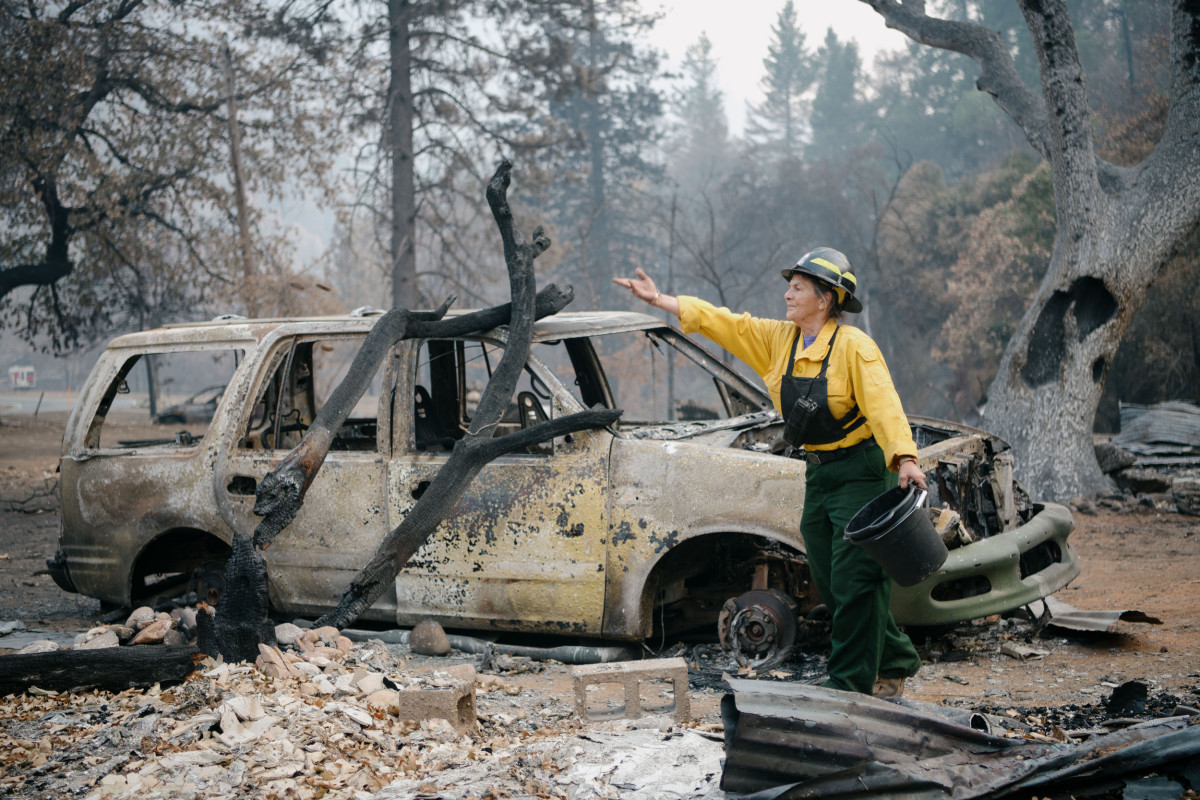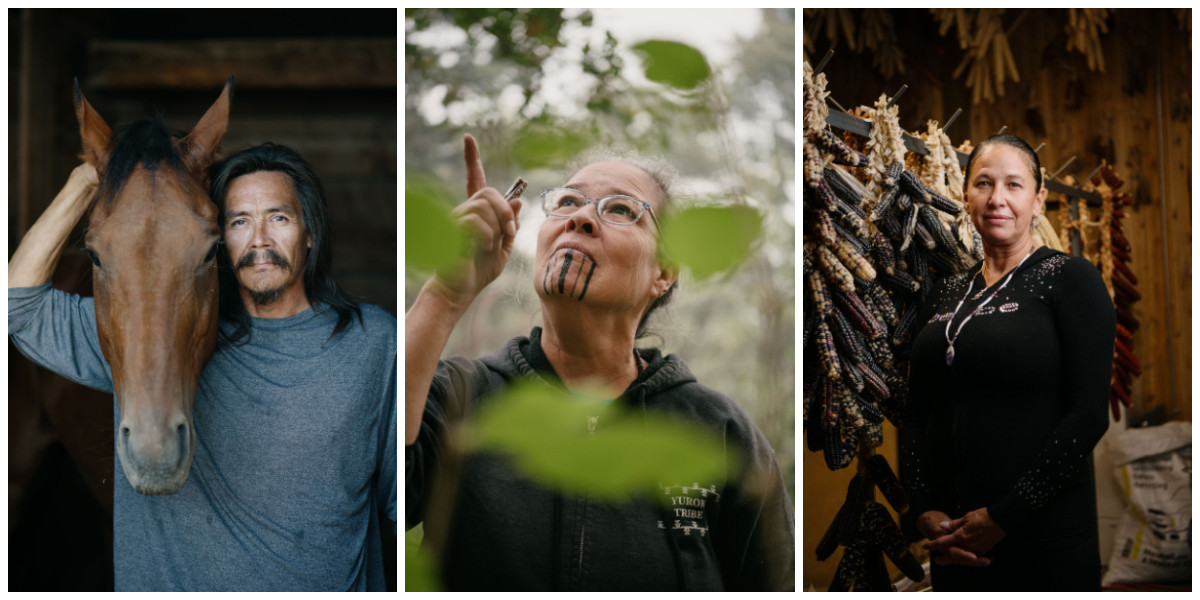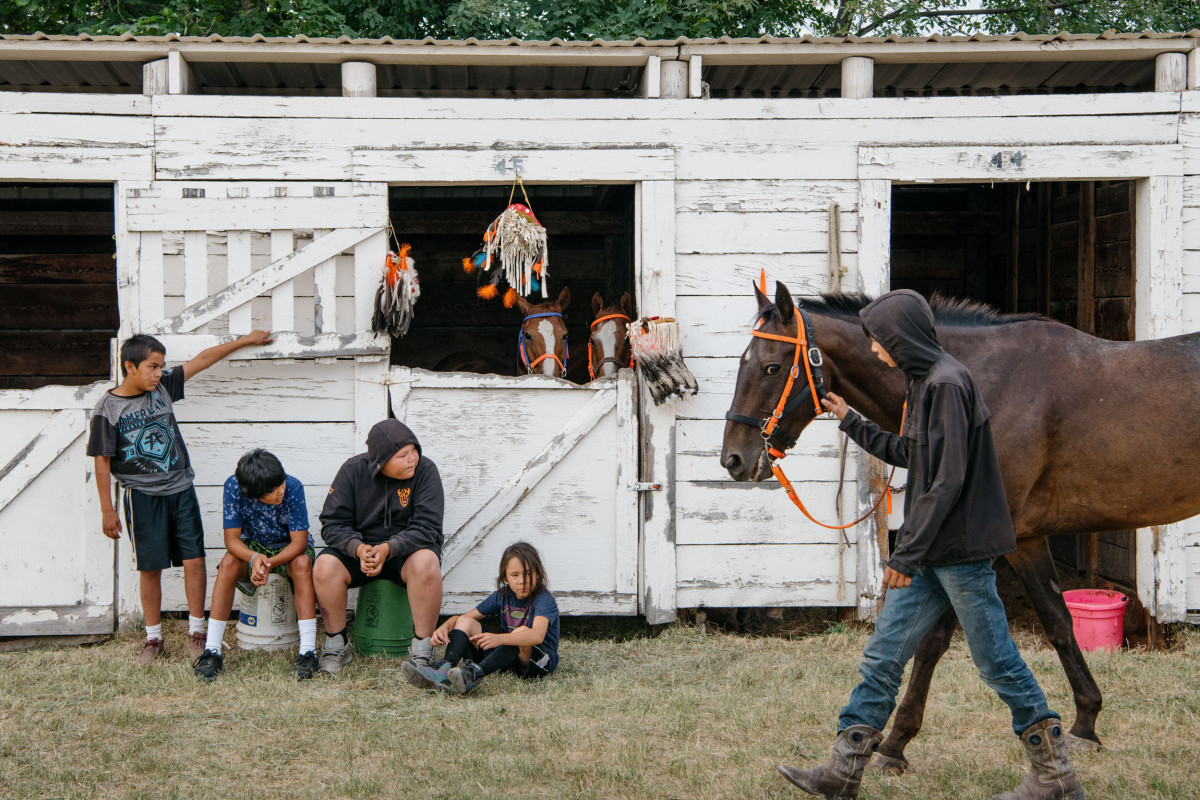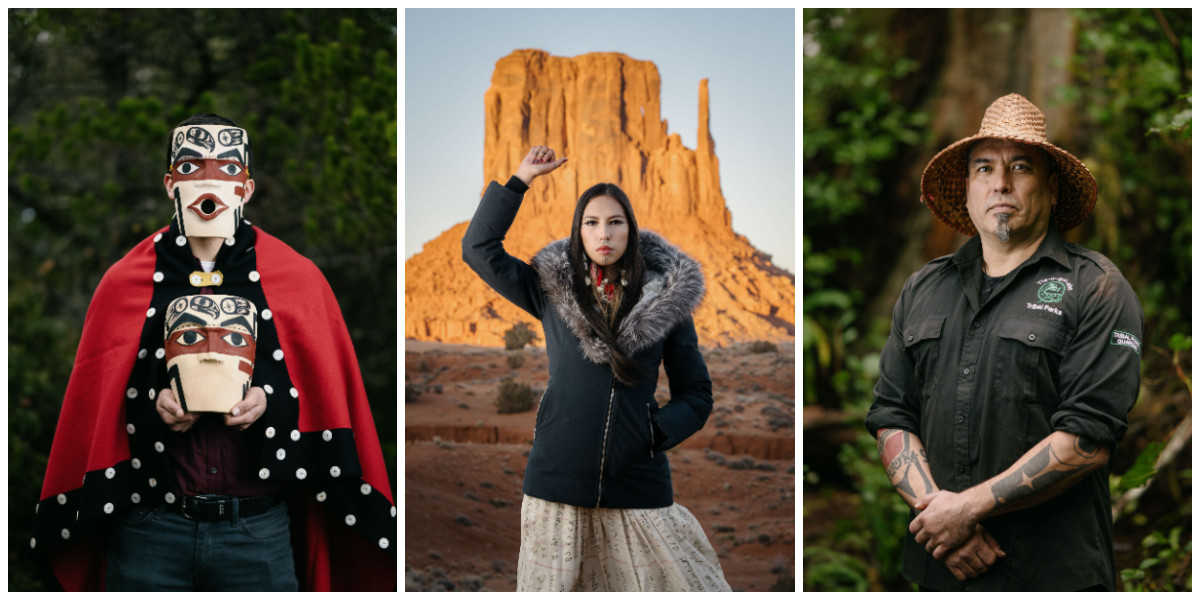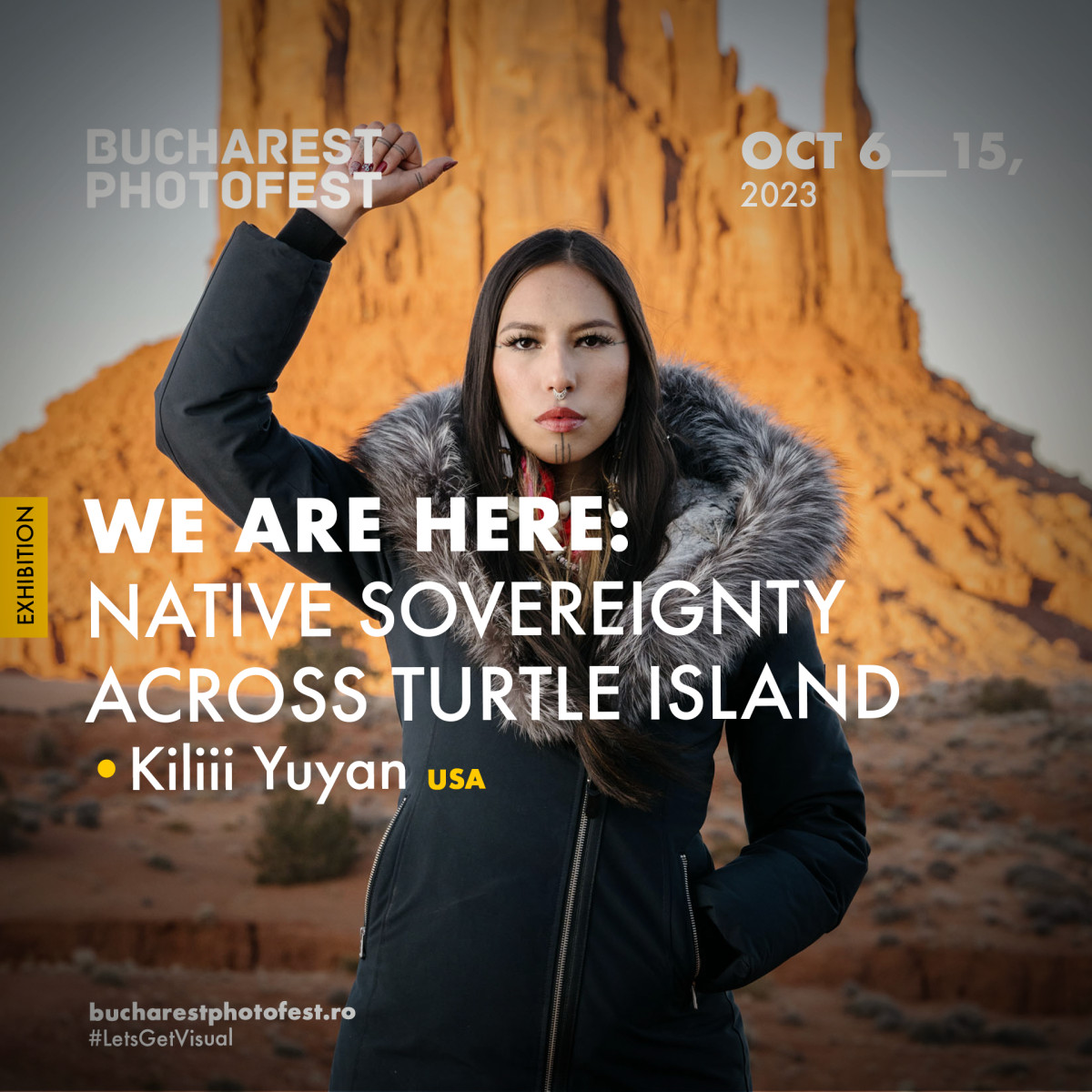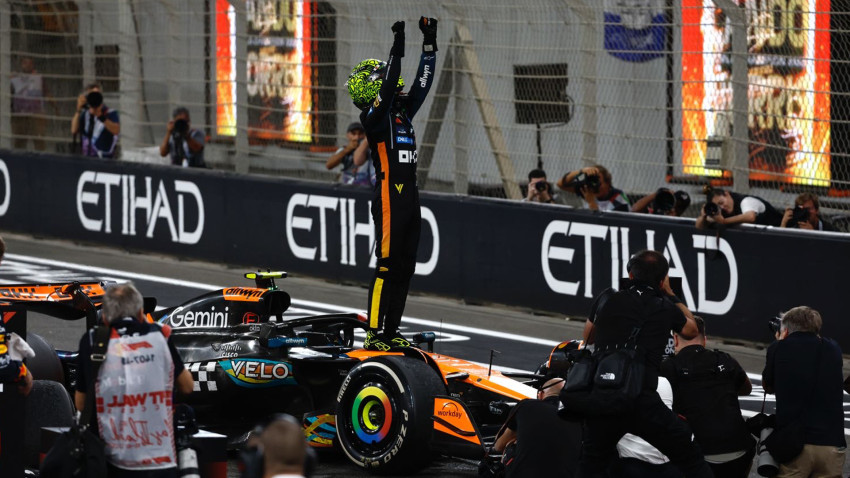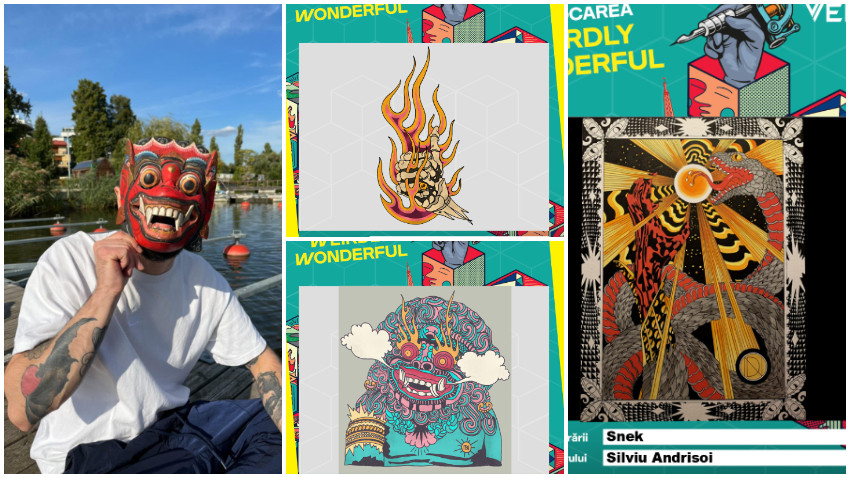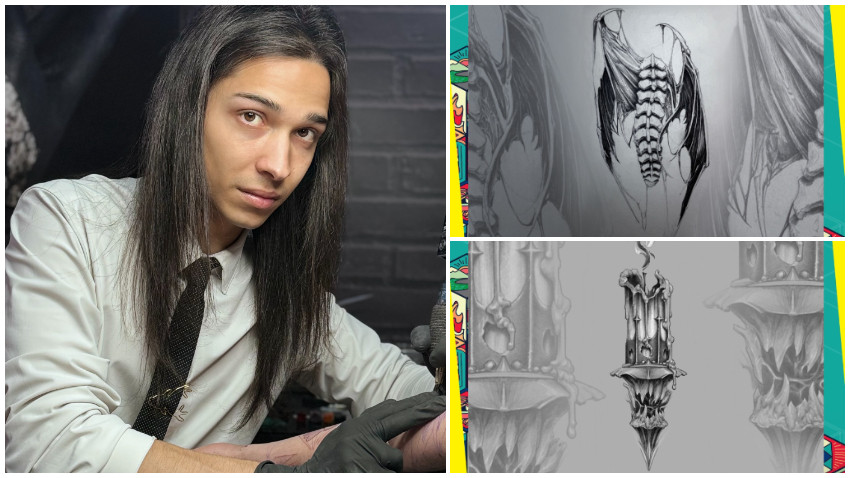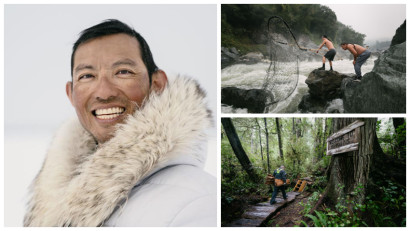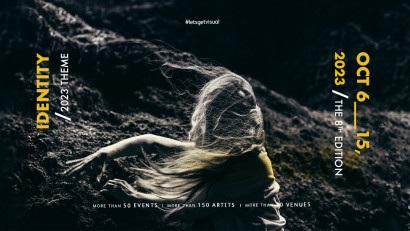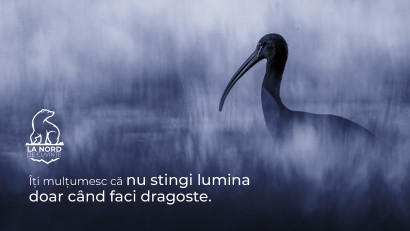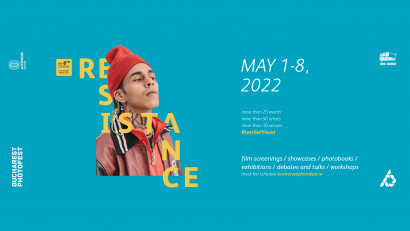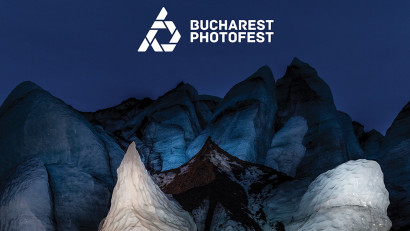Everyone takes pictures now. We see them everywhere we look in Social Media and we gradually become immune to the emotion they can provide. The images on social media platforms show us the world as we already know it, as we want to see it. But the role of photographers, believes Kiliii Yuyan, is to show people something they have never seen before. To challenge them to understand things differently through emotion.
Kiliii Yuyan searches for human insight through different cultural perspectives. On assignment, he has survived a stalking polar bear, escaped pounding waves diving with sea otters, and found kinship at the edges of the world. Kiliii makes photographic stories for the pages of National Geographic Magazine, TIME and other major publications.
Kiliii arrived in Romania for the first time, at Bucharest Photofest (October 6-15, 2023). At its 8th edition, the festival will host over 50 events under the theme IDENTITY, a meaningful visual journey with artists from Greece, Germany, Iceland, Spain, the UK, the USA, Denmark, The Netherlands, and more.
We talked with Kiliii about emotions, images and what he discovered about people through photography.
The trigger
I’ve always been interested in the visual arts - I studied design in university, but it wasn’t until I began to take photographs on my kayak trips to Canadian and Alaskan waters that I really fell in love with the possibilities.
That was my first love of photography. Soon after, as I began working in commercial photography, I started to fall out of love with the medium. It felt empty. It was then that I discovered photojournalism and documentary- they had the missing ingredient that I truly needed. I needed to find deeper purpose in the work, and it was through my documentary work exploring the human relationship to the land and sea that it seized me.
Defining moments
One of the pivotal periods for me was consulting with former Rolling Stone editor Monica Suder. She could see that I had talent, but that the truly interesting things about me as a person were not present in my work. I hadn’t found a way to be vulnerable yet, to allow myself and my background as a multiethnic person of Asian and Indigenous descent to explore the bigger questions in life. When I switched into documentary, I found that suddenly the work was far more interesting, and asked bigger questions, and even offered some answers.
But ultimately, my true education was in the doing- allowing myself to be take my cultural biases, set them aside, and try seeing the world from the lenses of other cultures. When I began to see the world this way, I began to work towards expressing those revelations visually. I found it, and still find, it a rewarding and serious challenge.
The first photographs you took
Yes, my first photographs were all from the seat of a traditional kayak, looking out onto the wild seas of the Pacific Northwest.
What have you learned
Through photography I have learned so much about being human. If I have garnered any wisdom at all in life, it is because the camera, the assignment, they beckoned to me to go deeper, to set aside my preconceived notions and try to see the world with a different set of cultural goggles.
Favourite Themes
This notion of cultural googles is one of my favorite ways to explain my work - which is to help people see how different human cultures are, so that we understand that there are so many different ways to live, and that many of those have the solutions to the great human problems.
My other favorite theme is the interrelationship between people and the land and sea. I think in much of the industrial world there is a sense that humans are inherently destructive, that we are incompatible with the natural world. But what I find is that while a few dominating cultures may express that, all the rest believe that humans are not only inseparable from the land, but are its custodians.
Storytelling Techniques
An image is worth a thousand words in the sense that it delivers a tremendous amount of information about a particular place and moment in time. That’s the power of photography. But words can shape higher concepts, and film can bring us through time. Storytelling make use of any number of mediums. At its core, good storytelling transcends those mediums to give us an experience like none other- one where we laugh, cry and learn something.
Honestly, the primary techniques of modern storytelling combine the delivery of knowledge and wisdom through emotion. We want to move people, be it through a film or a poem or a presentation, and we want them to be changed. We want them to understand the world differently at a conceptual level, but to feel at the most fundamental human level.
An Image-Obsessed World
It makes me sad that photography, once a potent tool of storytelling, has been neutered by the sheer number of images floating around in our world. There is incredibly powerful story delivered through the medium, but most of it is now lost in a sea of largely meaningless imagery, at least in the public space. However, I do think that the combination of photography with words (photoessay), or multiple photos (photo series or film), or photography with public speaking (talks) reinvigorates the medium and helps us to deliver stories that still move and transform the world.
Most of the public online photography space, especially in social media, is like a drug that drips slowly. It caters to what people already know about the world, and shows them what they want to see. But as storytellers, if we ignore that application of photography, we can find the ways that photos can challenge people and ask society to grow wiser.
The Role of Photography in 2023
The role of photographic storytelling is to show people what they have never seen before and help them understand something they’ve never understood before - through emotion.
Bucharest Photofest
I try to keep my expectations clear, because it’s a better way to keep an open and receptive mind to the work that will be there! I know that it will be astounding, and I expect to be challenged and mystified all at once.
A Photo to Showcase in the Centre of Bucharest
Probably the image of Quannah Chansinghorse with her first raised. You can feel the sentiment in her body language, and the symbology of that raised fist, of a Native Alaskan, on Native land, is incredibly powerful. It conveys a sense of the dispossession that every Indigenous person on earth feels.



